
In adulthood, summer isn’t always the joyful time we remember it as when we were kids. Unless you work at a school, there aren’t months off, laying around enjoying the heat and the sunshine endlessly. That being said, getting lost in a book can be a great way to escape the humdrum of the every day and bring back a hint of those summer feelings we had as children! Here are five summer-y classics (we use the term classics a bit loosely) to inspire you to enjoy the season! Perhaps you have read them, perhaps not. Either way, it’s time to pick up a book.
*

*
1. The Great Gatsby by F. Scott Fitzgerald
I know, I know. We start with the most obvious of obvious choices. But who can blame us? This classic is a dappled sunlight summer in Long Island and in New York City, with high society and beautiful days unending (well… until the end). It is definitely a summer read, and while most likely already read by all of those reading this blog – it’s never a bad idea to reread Fitzgerald!
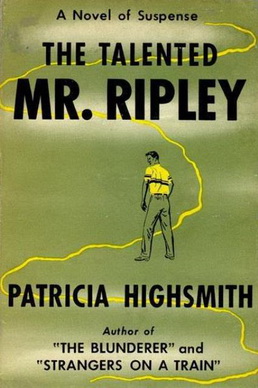
*
2. The Talented Mr. Ripley by Patricia Highsmith
A bit lesser known and read, if still a noteworthy title. Some of our readers may know the Italian summer sun-soaked movie of the same name, and the book is just as worth some hours of your time! This story follows the con artist Tom Ripley on a dangerous game of murder and assuming identities. It is a short and easy read, but also won the Grand Prix de Littérature Policière as the best international crime novel in 1957. If you’re a fan of crime, you’ll love this summer read.

*
3. JAWS by Peter Benchley
We couldn’t resist… sorry! But did you know that not only did Jaws remain on the bestseller list for 44 weeks straight upon its debut in 1974, but that the author Peter Benchley also worked tirelessly for over a decade for shark conservation, and used his name associated with the most famous of books about a shark to help bring awareness to their plights? We find that pretty cool! This tale will have you gripping the edge of your seat, grateful to have all of your remaining limbs.
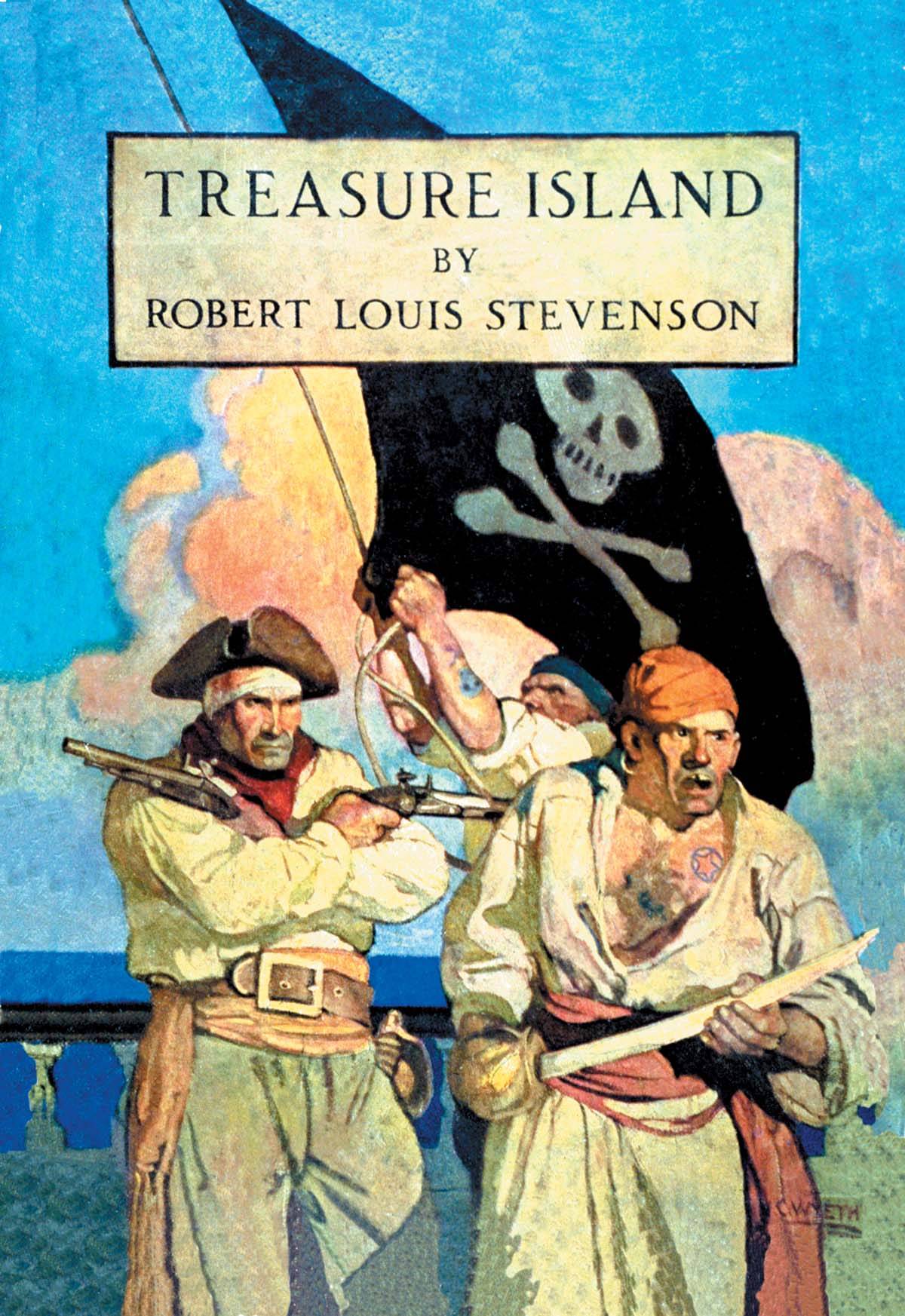
*
4. Treasure Island by Robert Louis Stevenson
This classic is an easy read for those of us desperate to return to childhoods awash with visions of piracy and adventure! Sometimes we find that classic children’s literature gets pushed aside in favor of more “adult” writing, when it shouldn’t be the case! Treasure Island can be (and should be) enjoyed by all ages, and will have you yearning for the open sea soon enough.
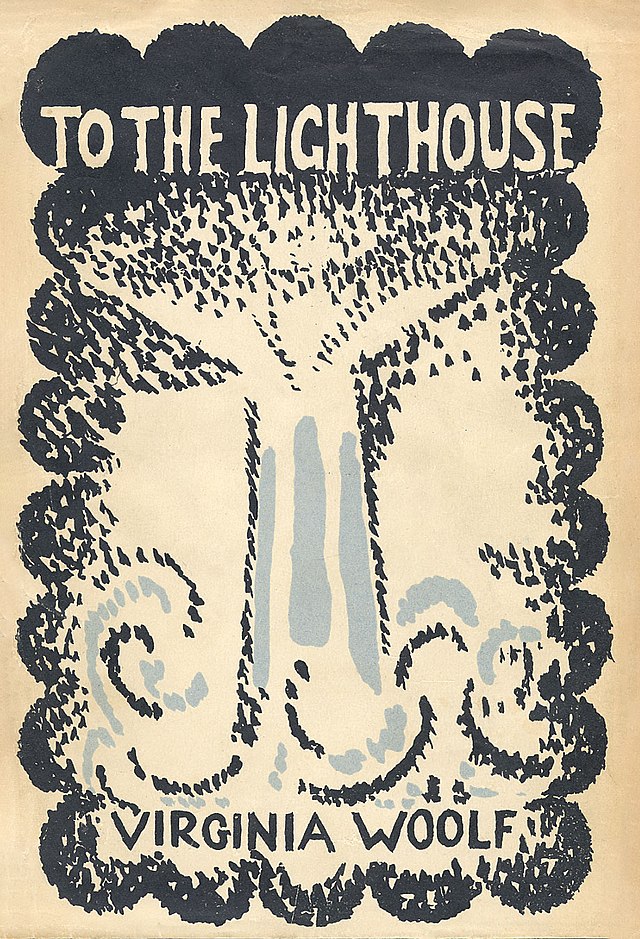
*
5. To the Lighthouse by Virginia Woolf
If you can handle Woolf’s prose style (some don’t love stream of consciousness, and while we can understand it – you’re missing out!), To the Lighthouse is a wonderful, more introspective summer read. The novel follows the Ramsay family and their experiences at their summer home on the Isle of Skye. It focuses on the complexity of human relationships, especially those within a family. If you’re looking for a work to bore deep inside you and make you think, this story is for you.
*
Bonus: A Midsummer Night’s Dream by William Shakespeare
When was the last time you read a Shakespeare play?! You’d be surprised how many answer with “school”! We know we all read them, some of us have seen them. But A Midsummer Night’s Dream is too good to resist. The magic, the hilarity of it all. If the last time you read through this play was anything to do with your education, we suggest a reread! (Or better yet, find out where it’s being performed near you! It almost always is, during the summer.)



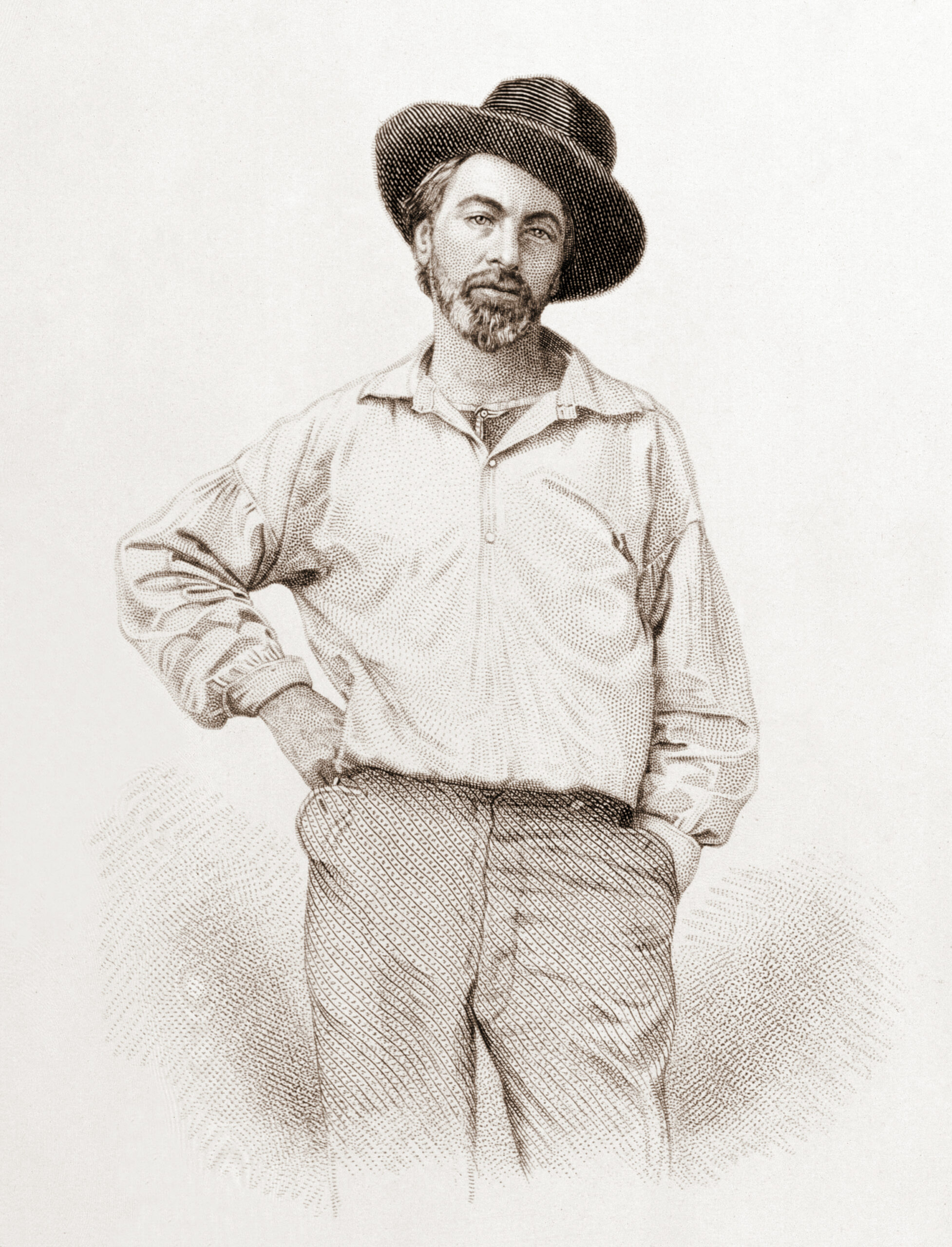

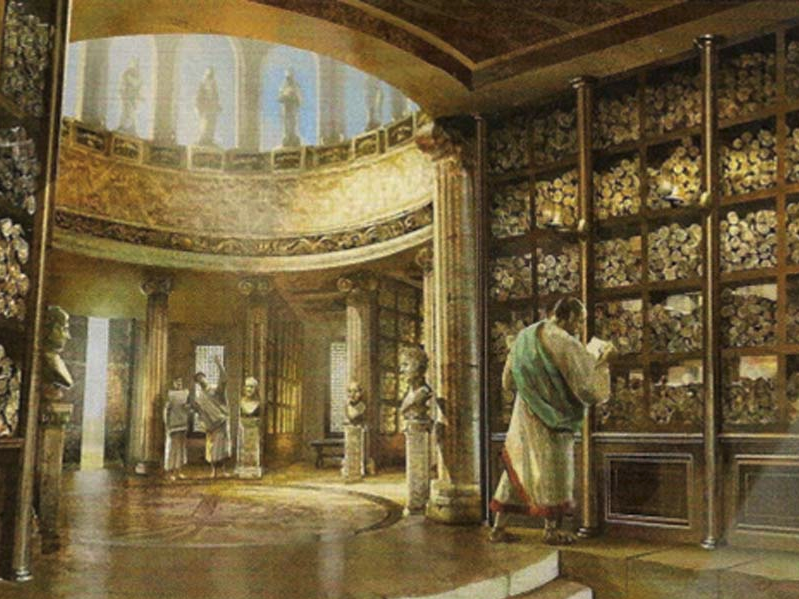

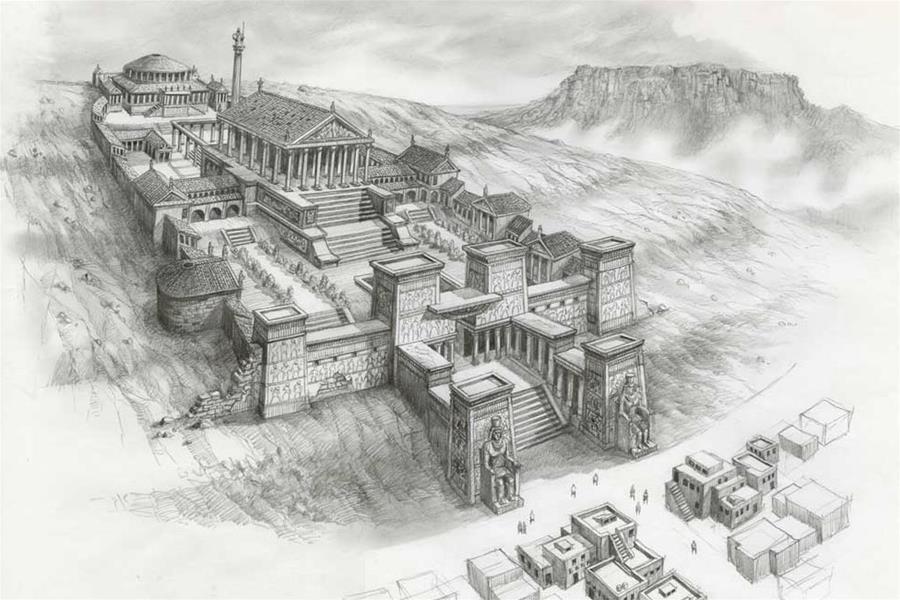
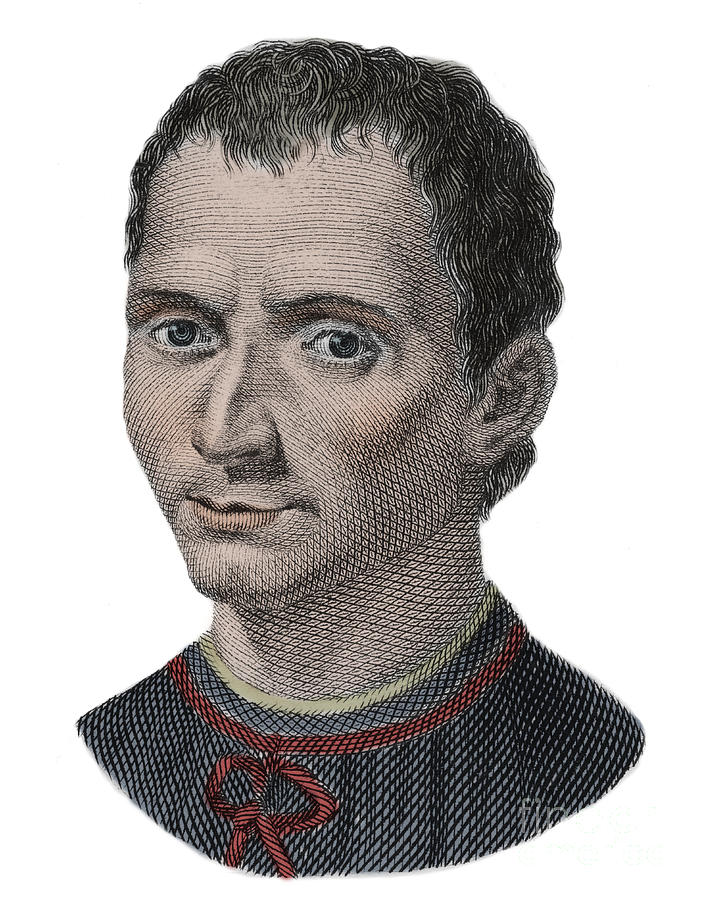

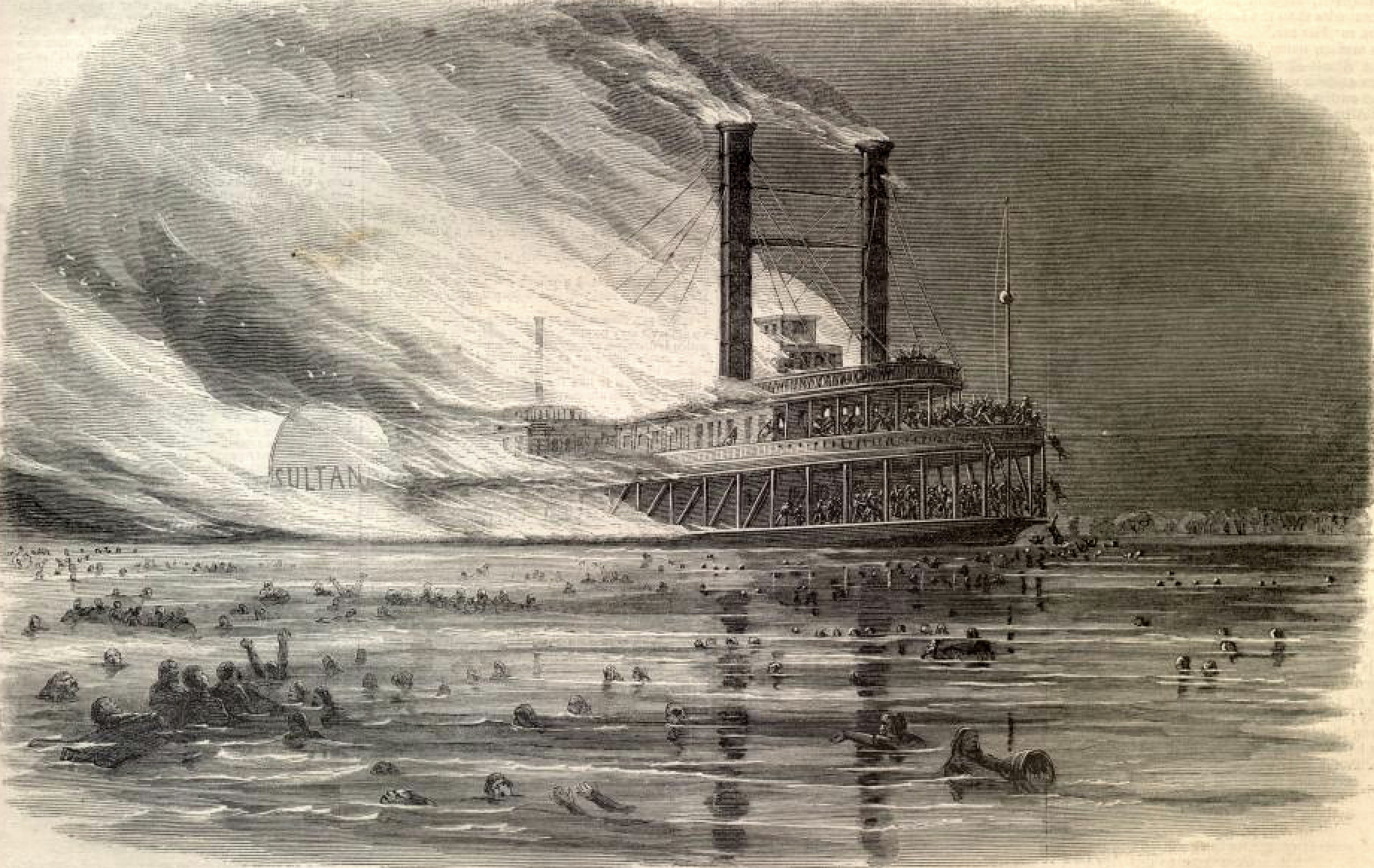
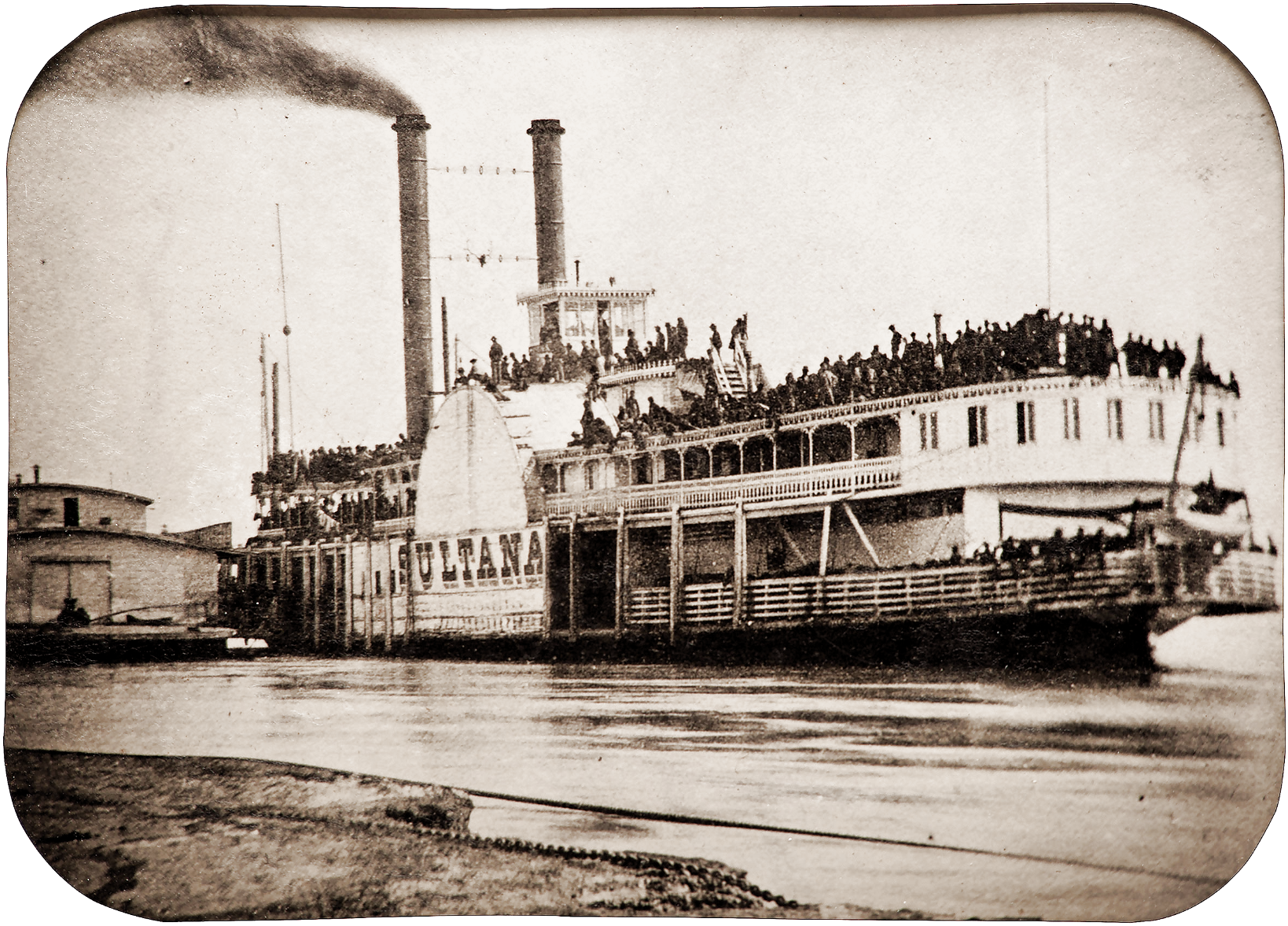
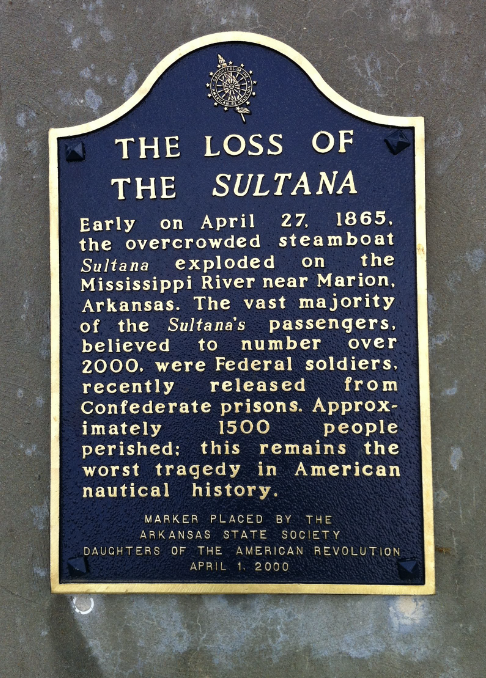
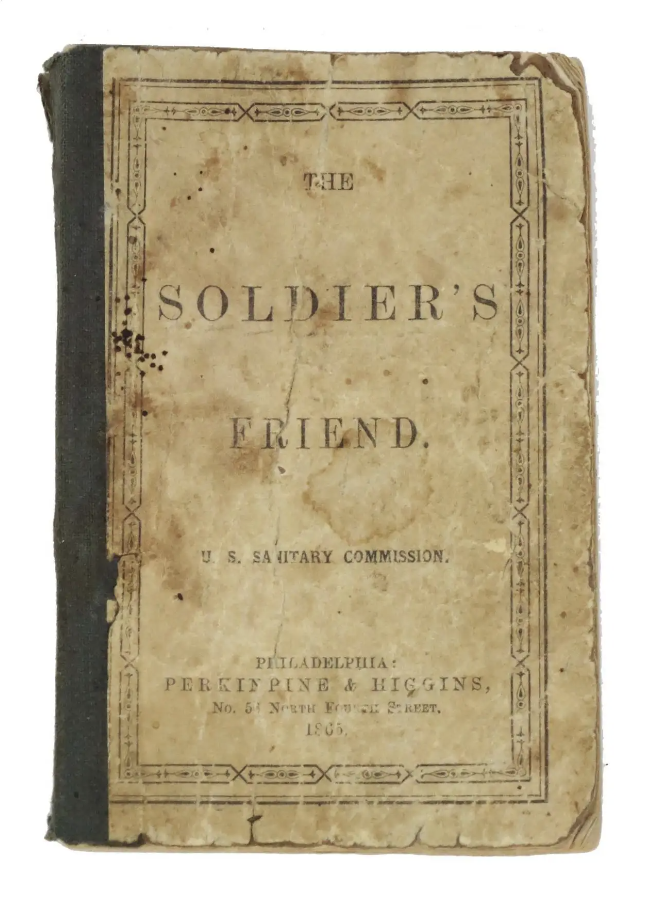
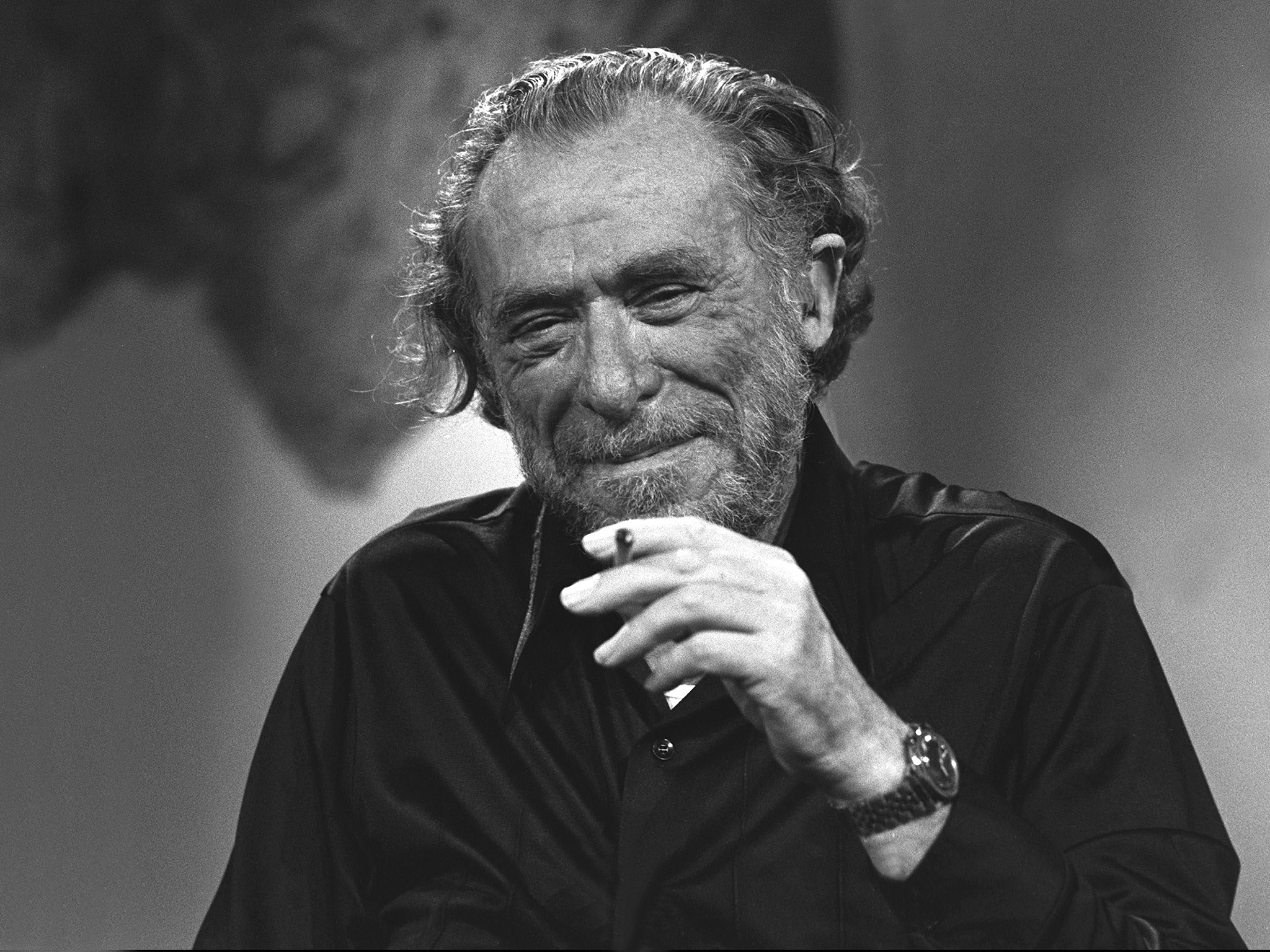
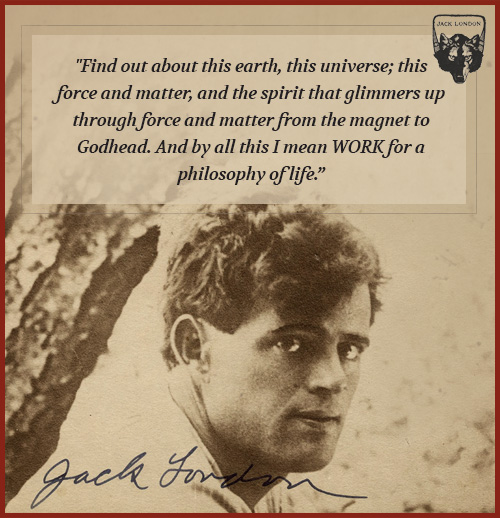
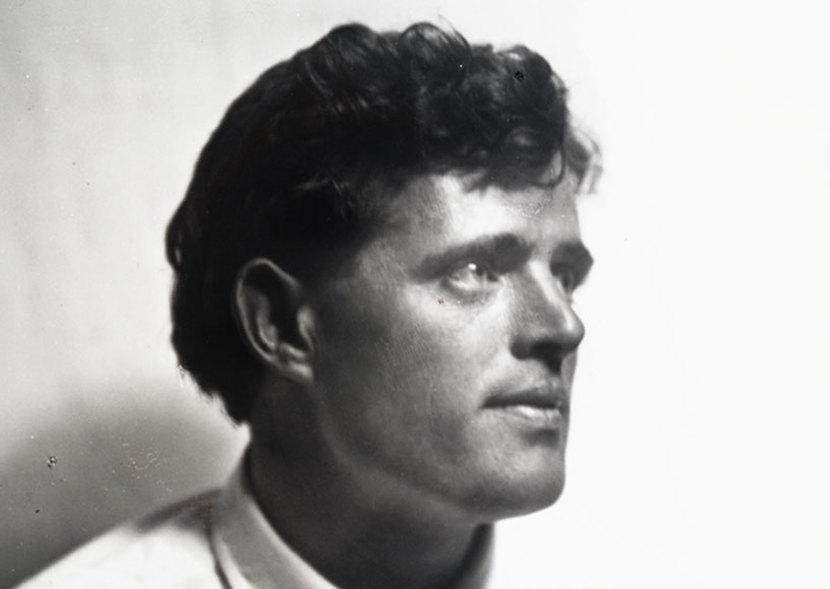
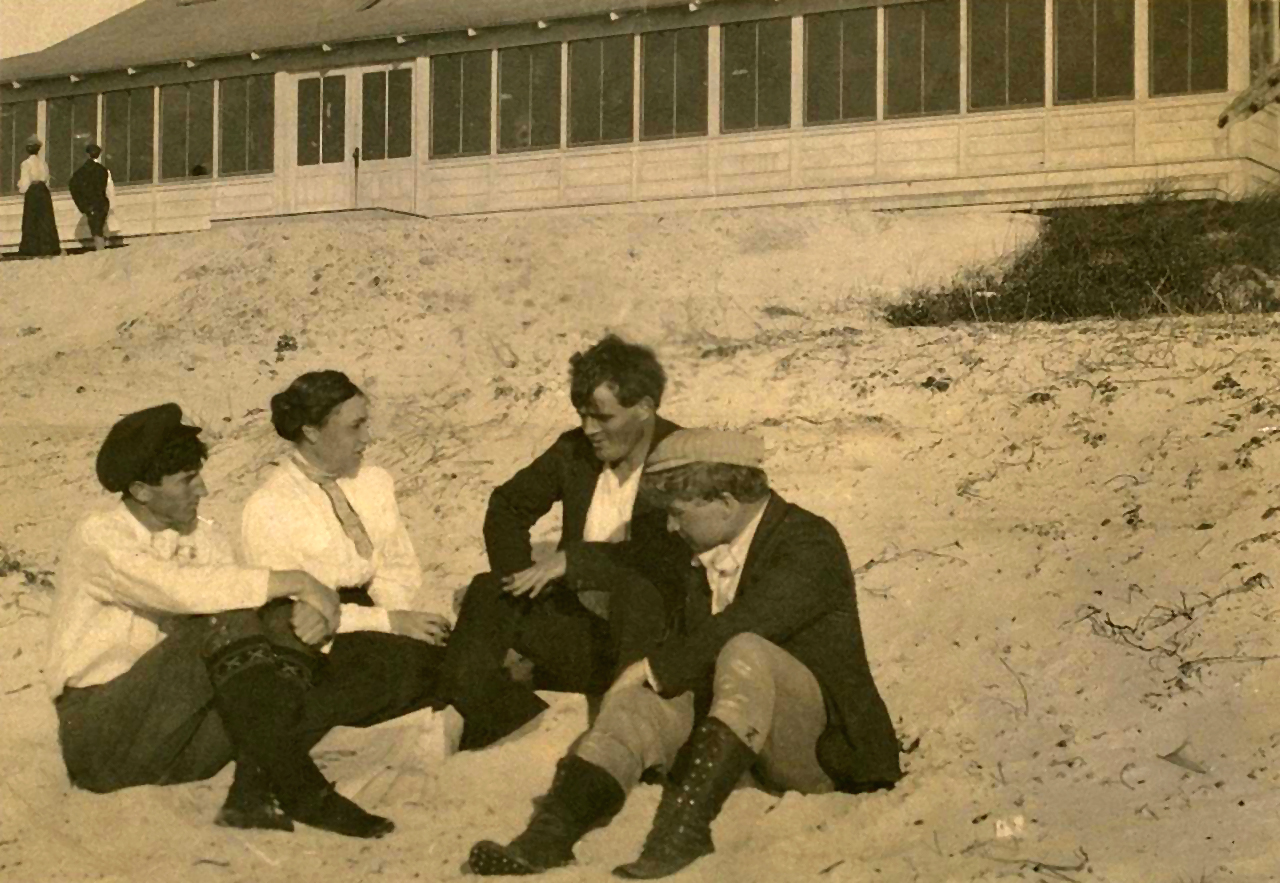

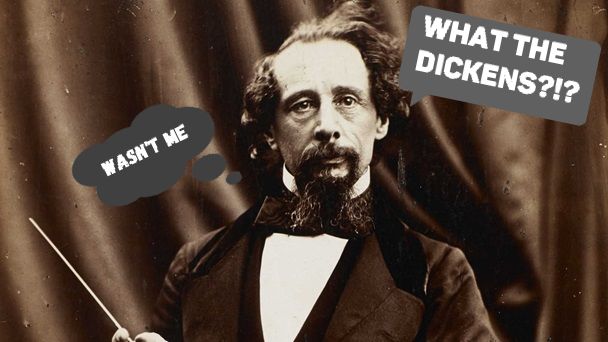
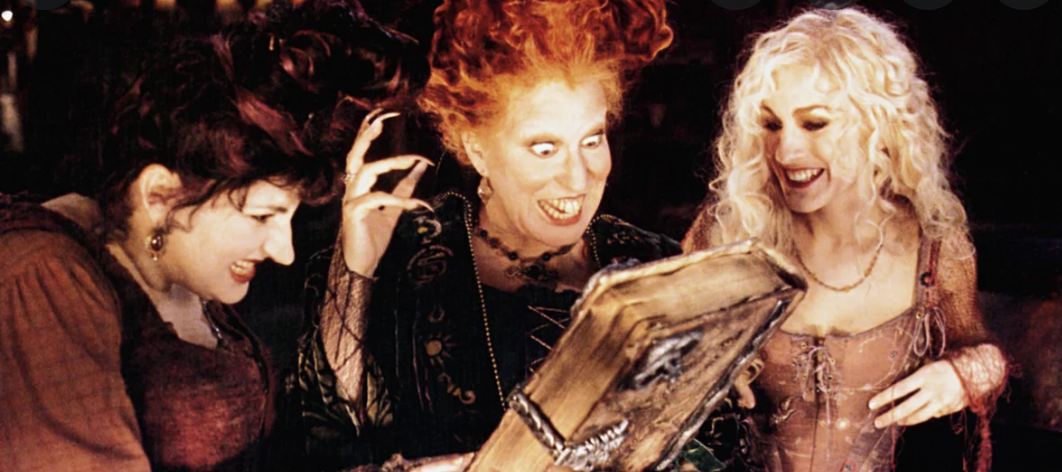
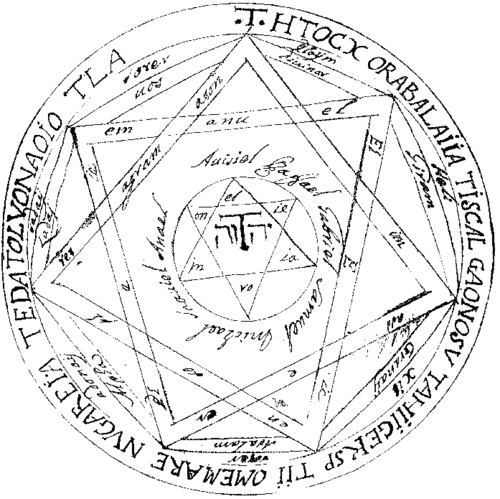
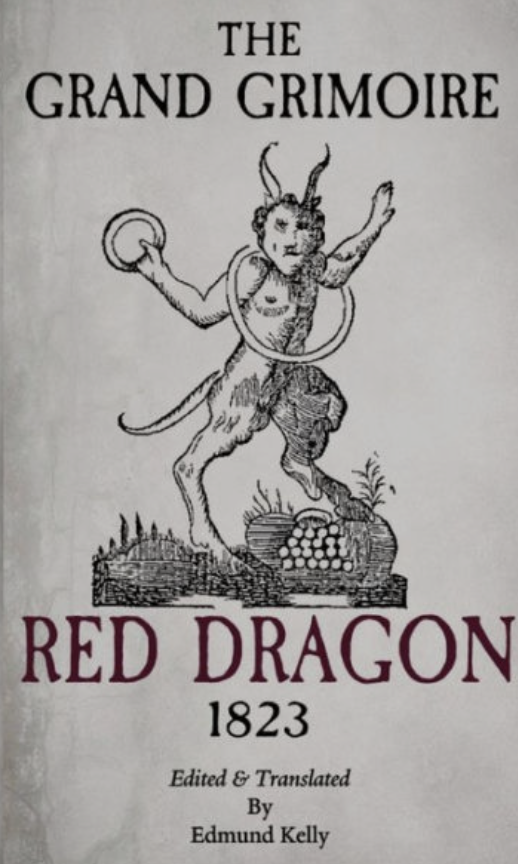 Several grimoires make their way onto the scene in the 1500s, with a steady stream of them from thereon after. Some of these include Les Secrets merveilleux de la magic naturelle du petit Albert (1272), the Grand Grimoire (1521), Le Dragon Rouge (published in 1822 but supposedly dating back to 1522), and the Grimoire of Armadel (written in the 1600s, not published until 1980). As time passes and the ability to write becomes more commonplace, availability of paper and writing utensils increase, more and more grimoires emerge. Notable antiquarian collections of grimoires can be found at the Cornell University Library, the Ritman Library in the Netherlands, and the Museum of Witchcraft and Magic in the UK.
Several grimoires make their way onto the scene in the 1500s, with a steady stream of them from thereon after. Some of these include Les Secrets merveilleux de la magic naturelle du petit Albert (1272), the Grand Grimoire (1521), Le Dragon Rouge (published in 1822 but supposedly dating back to 1522), and the Grimoire of Armadel (written in the 1600s, not published until 1980). As time passes and the ability to write becomes more commonplace, availability of paper and writing utensils increase, more and more grimoires emerge. Notable antiquarian collections of grimoires can be found at the Cornell University Library, the Ritman Library in the Netherlands, and the Museum of Witchcraft and Magic in the UK.